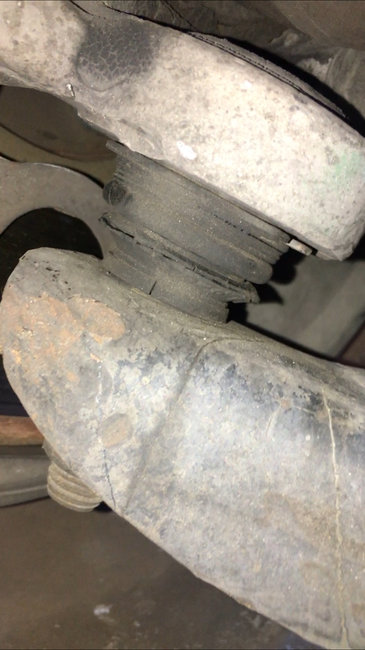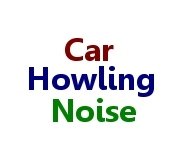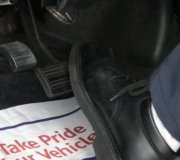A better place to have the steering and suspension systems inspected is at a tire and alignment shop. The people there are experts at finding the causes of noises, vibrations, and bad tire wear. Ford front-wheel-drive cars in particular have more trouble with ball joints and tire rod ends than most other brands combined, and noises should never be ignored. The outer anti-sway bar links do cause a lot of trouble, but those are not exactly a safety hazard. It is the ball joints that cause the most crashes when they separate. Ford used to use "rubber-bonded socket" joints for their outer tie rod ends and lower ball joints. Those are a ball dropped into a socket, then they are glued together with molten rubber. It is just a matter of time before turning left and right repeatedly causes that rubber to tear, then the joint falls apart. No other manufacturer ever used that design, and no aftermarket replacement is of that design.
"Moog" is the premier aftermarket supplier. They develop designs to solve problems with original designs. Even the Ford replacement outer tie rod end is superior, and has a grease fitting.
Since you notice this more when braking, do not overlook a loose front brake pad. The clue is the noise is more of a rattle, and will stop when you hold light pressure on the brake pedal. The calipers should also be inspected for worn mounting hardware. That will allow the caliper to grab the rotor when you apply the brakes, and move until it bangs against the mounting pins. This is a better suspect than ball joints. Caliper noise is quite a bit louder than ball joint noise.
For locating the causes of elusive noises, consider borrowing a "Chassis Ear" if you can find one. Most mechanics do not even know it exists, but suspension and alignment specialists use it for finding rattles and clunks. It is a set of six microphones you can clip to suspect parts, an amplifier, and headphones. You drive around while switching between the microphones, and the microphones can be moved around to locate the source of the noise.
Wednesday, January 24th, 2018 AT 3:07 PM




